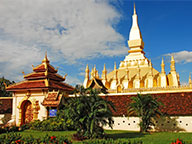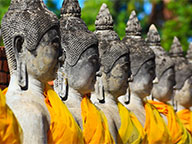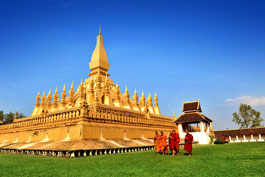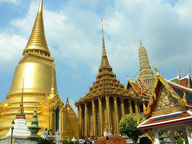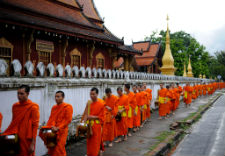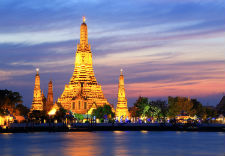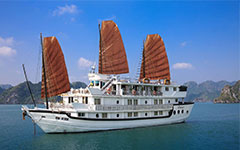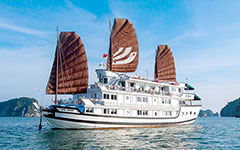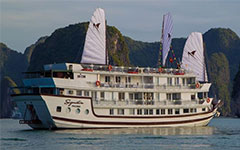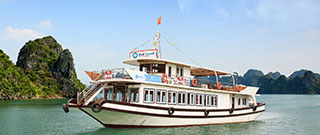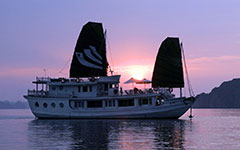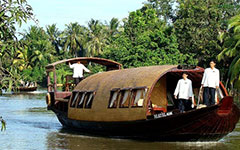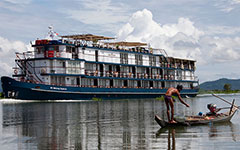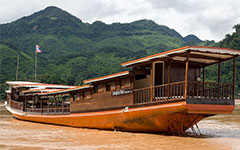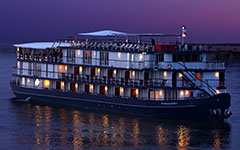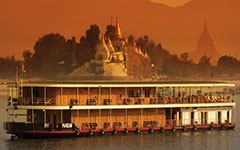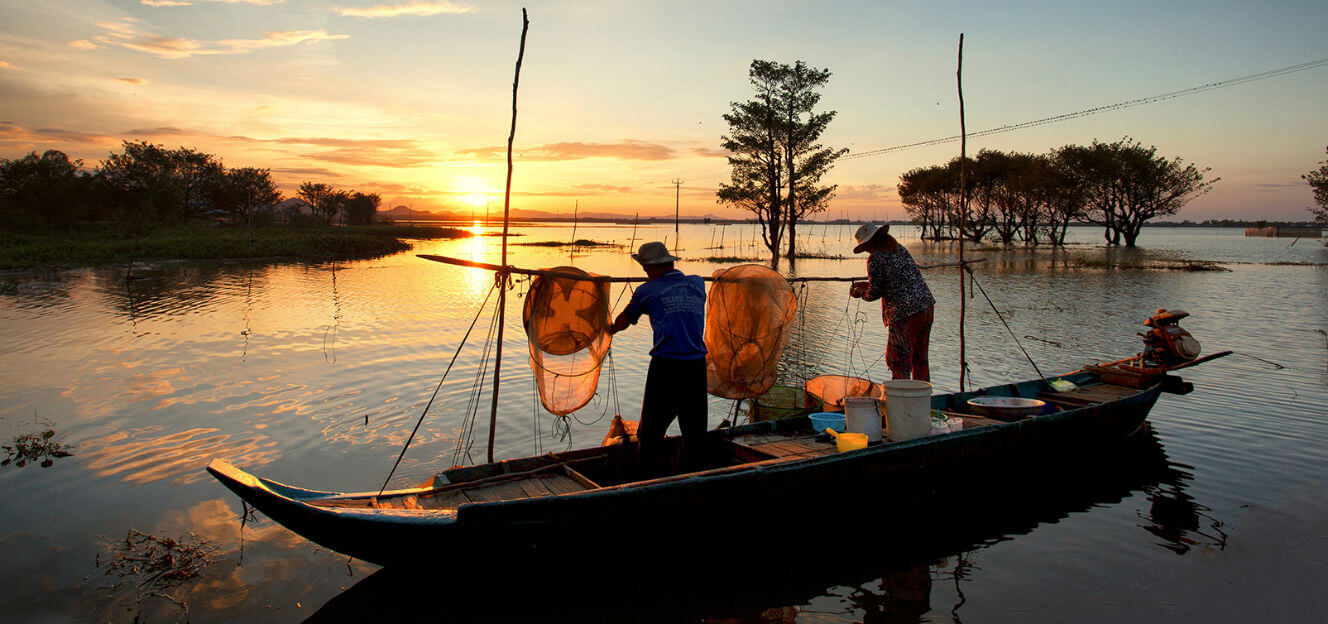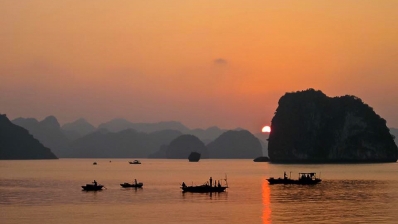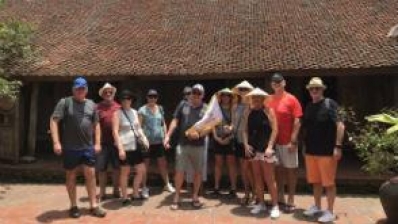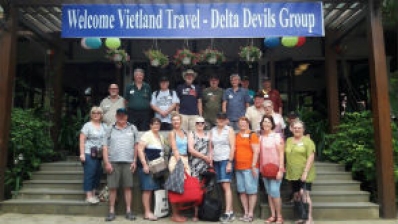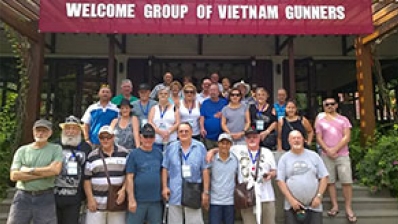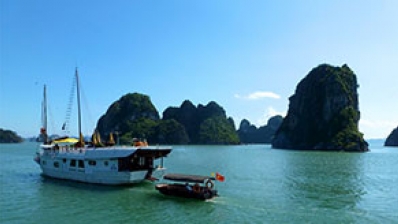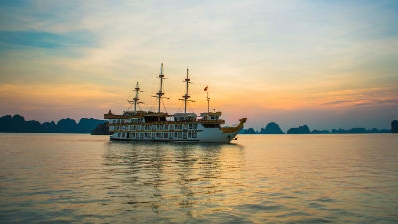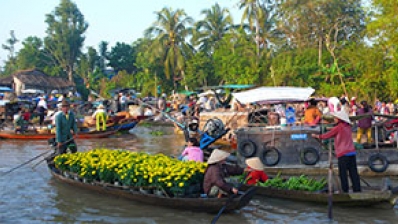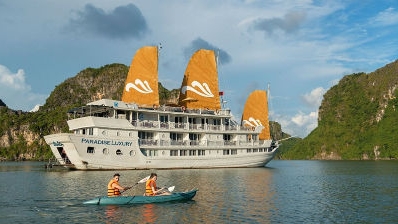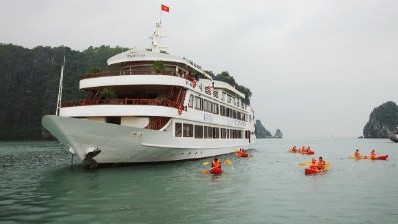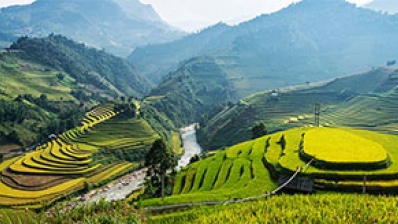Dien Bien Phu is a city in the north-west region of Vietnam. It is the capital of Điện Biên Province. The city is best known for the events which occurred there during the First Indochina War, the Battle of Điện Biên Phủ, during which the region was a breadbasket for the Việt Minh.
The majority of the population is not ethnically Vietnamese -rather, Thai ethnic groups form the largest segmen
Dien Bien Phu City lies in Mường Thanh Valley, a 20-km-long and 6-km-wide basin sometimes described as "heart-shaped." It is on the western edge of Điện Biên Province, of which it is the capital, and is only a shortdistance from the border with Laos
In the 1950s, the town was known not only for its famous opium traffic, generating 500,000,000 French francs annually, but more so for a fierce battle that would result in a major realignment of world geopolitics. It was also an extensive source of rice for the Việt Minh
The region was fortified in November 1953 by the French Union force in the biggest airborne operation of the 1946-1954 First Indochina War, Operation Castor, to block Việt Minh transport routes and to set the stage to draw out Việt Minh forces.
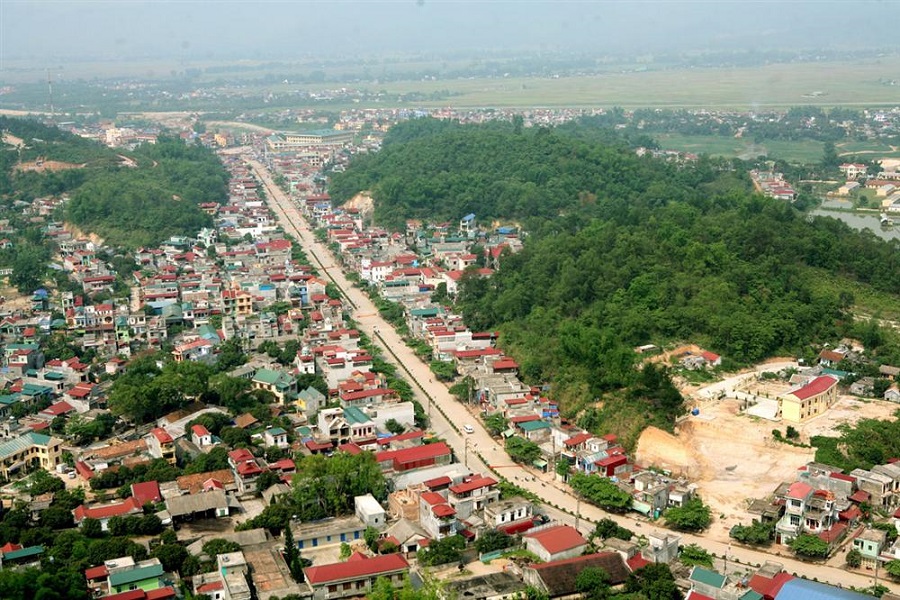
Siege of Điện Biên Phủ (1954)
The following year, the important Battle of Điện Biên Phủ was fought between the Việt Minh (led by General Võ Nguyên Giáp), and the French Union (led by General Henri Navarre, successor to General Raoul Salan). The siege of the French garrison lasted fifty-seven days, from 17:30, 13 March to 17:30, 7 May 1954. The southern outpost or fire base of "Camp Isabelle" did not follow the cease-fire order and fought until 01:00. The long-scheduled Geneva Meeting's Indochina conference involving the United States, the UK, the French Union and the USSR had already begun on 26 April 1954
The battle was significant beyond the valleys of Điện Biên Phủ. Giáp's victory ended major French involvement in Indochina and led to the accords which partitioned Vietnam into North and South.

